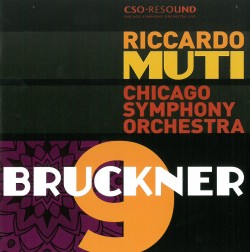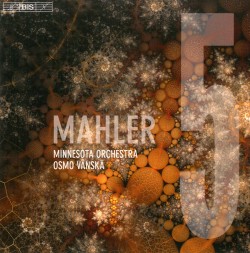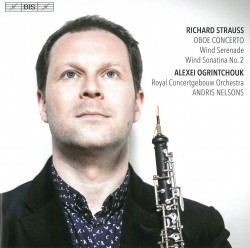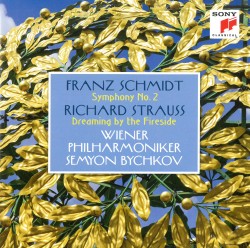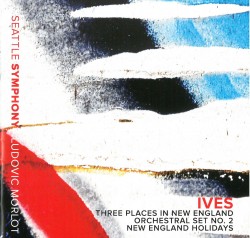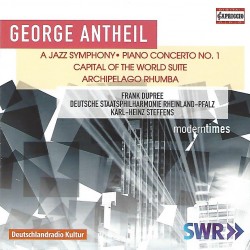Bach: Solo works for marimba - Kuniko
 Bach – Solo works for marimba
Bach – Solo works for marimba
Kuniko
Linn Records CKD 585 (linnrecords.com)
Playing any classical music on the marimba would have been unthinkable before 1892. After all it was only then that the instrument was equipped with additional notes to include the chromatic scale by adding another row of sound bars, akin to black keys on the piano. However, playing Bach on the marimba – if not unthinkable – would still be enormously thought-provoking, but not challenging enough, it seems, for Kuniko, a profoundly brilliant virtuoso at home on both keyboard and percussion instruments. Still, even the fact that she has performed and recorded the music of Iannis Xenakis and Steve Reich could not have been sufficient for approaching these masterworks on Bach: Solo Works for Marimba.
Approaching the Prelude No.1 in C Major from the Well-Tempered Clavier, a work unequalled in the profligacy of its inventiveness, sets the tone for this exquisitely sculpted music by Kuniko. The result is a fascinating opening, with its sprightly dance-like passages and concise melody creating myriad resonances and perspectives for the cycles of Cello Suites and Violin Sonatas that follow. Here the mallets lead the ear, cherishing motivic snippets, highlighting arresting harmonic progressions with crystalline articulation. Kuniko’s enormous insight into Bach and her own limitless inventiveness make for muscular, exhilaratingly voiced and contrapuntally lucid performances of the solo works for cello and violin, in which harmony and counterpoint are implied through frequent spreading of component notes. A bedazzling set of discs, singing with innate beauty.


